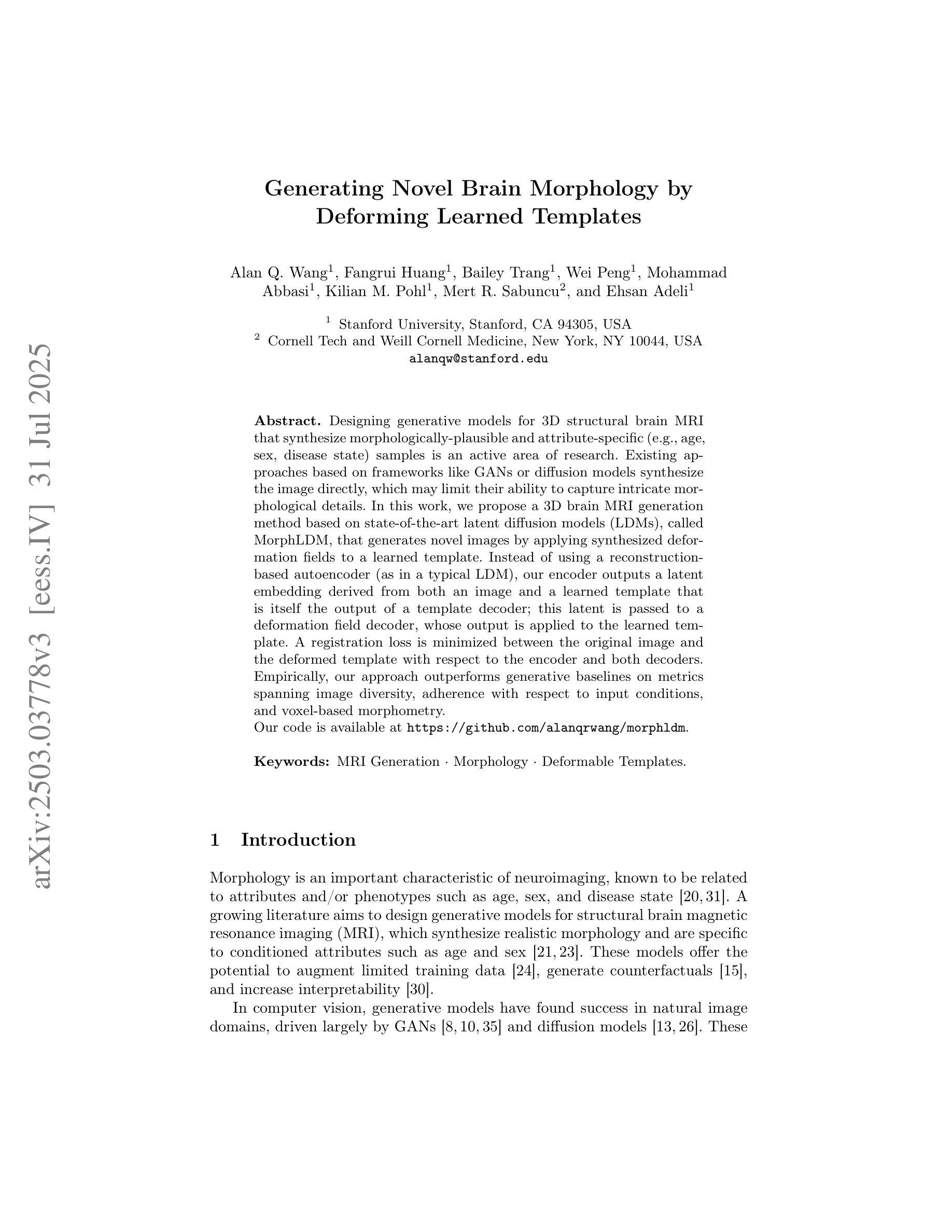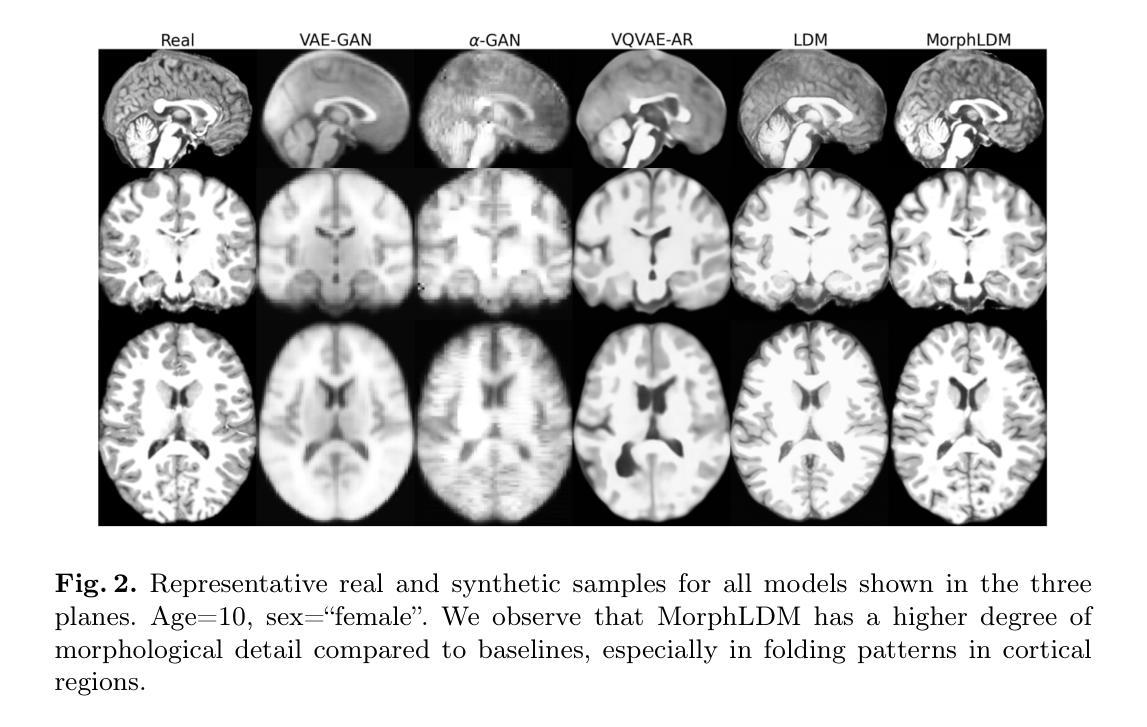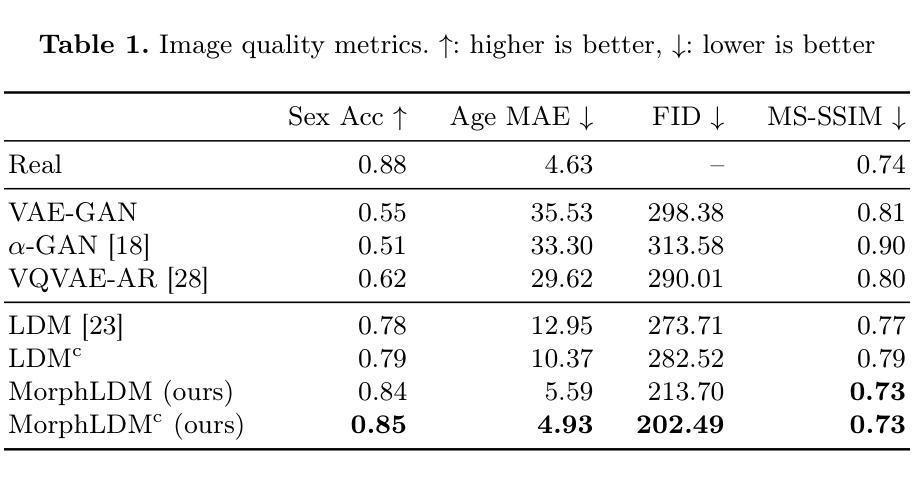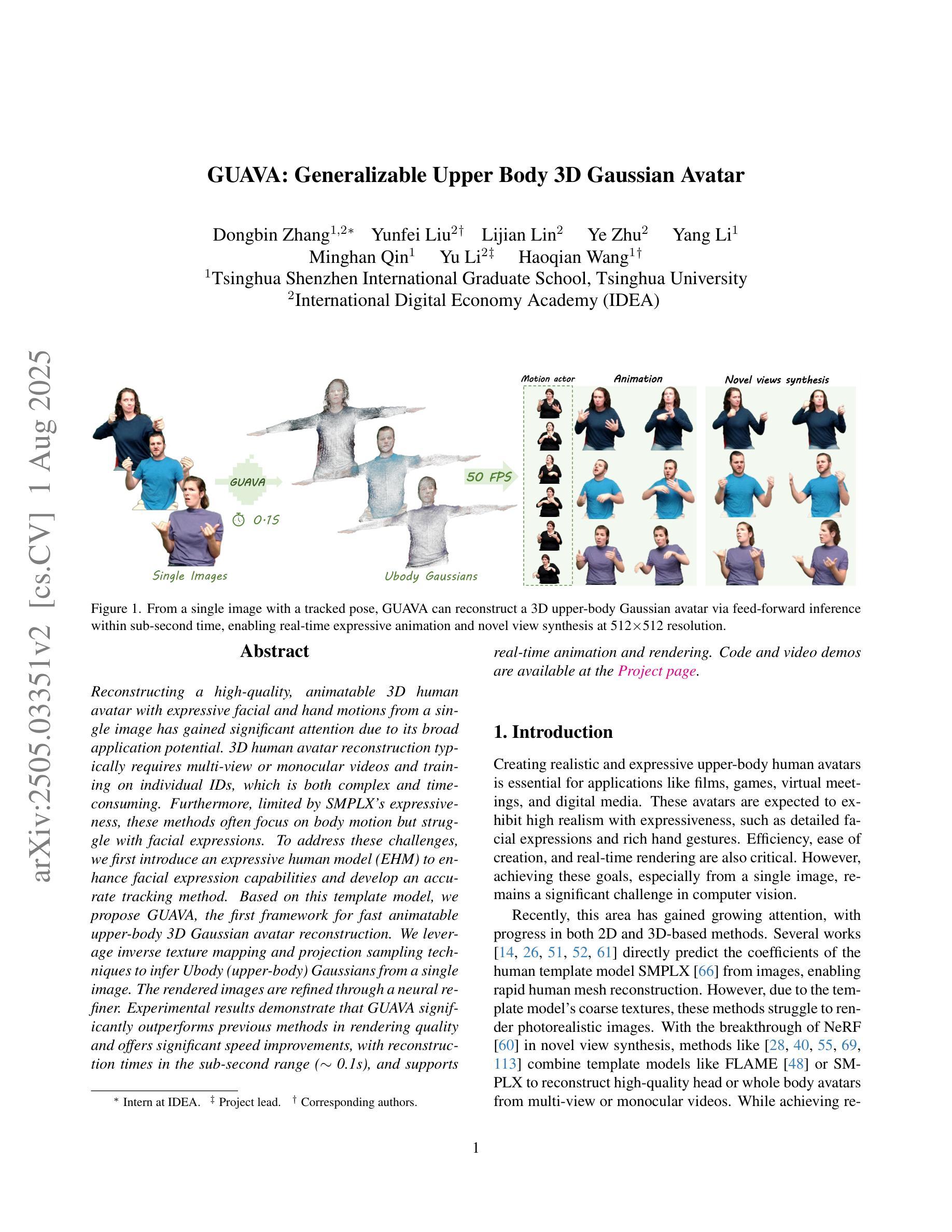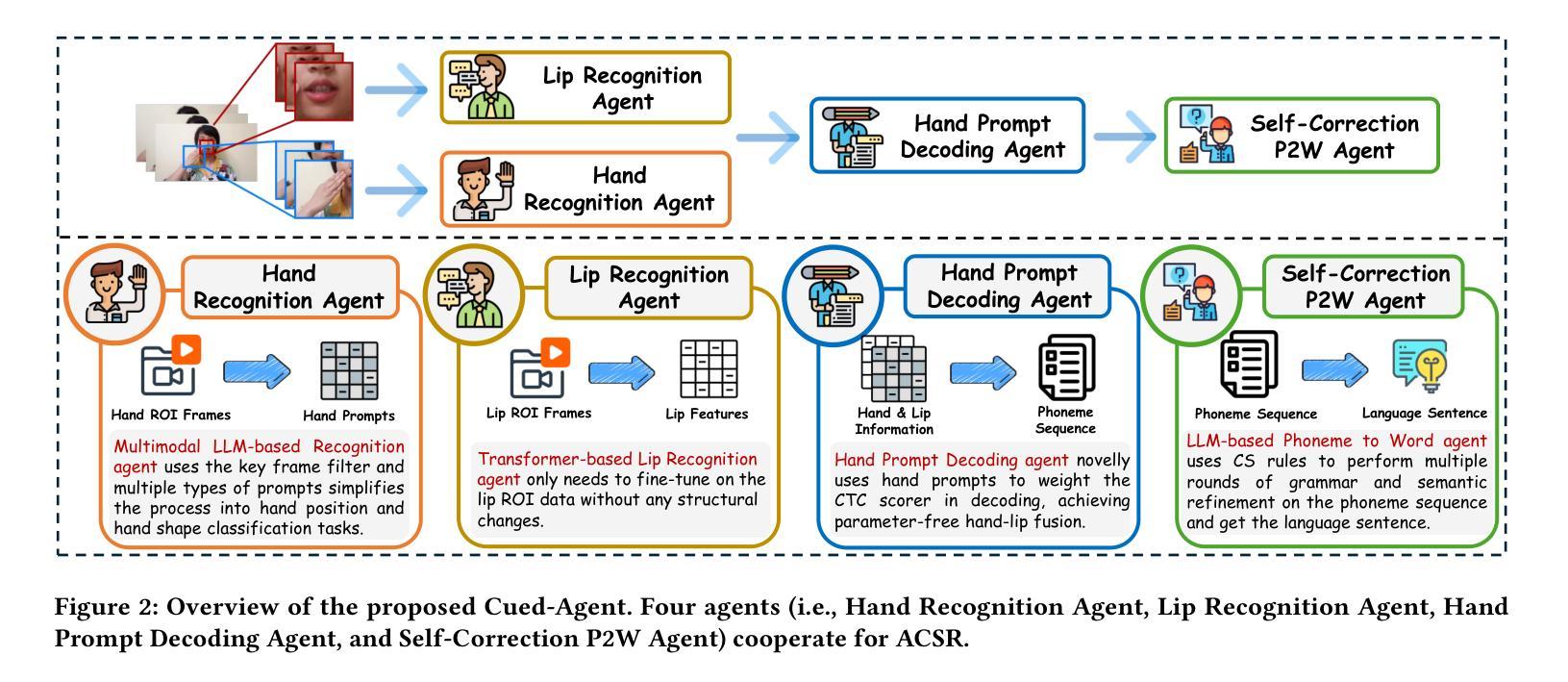⚠️ 以下所有内容总结都来自于 大语言模型的能力,如有错误,仅供参考,谨慎使用
🔴 请注意:千万不要用于严肃的学术场景,只能用于论文阅读前的初筛!
💗 如果您觉得我们的项目对您有帮助 ChatPaperFree ,还请您给我们一些鼓励!⭐️ HuggingFace免费体验
2025-08-05 更新
Generating Novel Brain Morphology by Deforming Learned Templates
Authors:Alan Q. Wang, Fangrui Huang, Bailey Trang, Wei Peng, Mohammad Abbasi, Kilian Pohl, Mert Sabuncu, Ehsan Adeli
Designing generative models for 3D structural brain MRI that synthesize morphologically-plausible and attribute-specific (e.g., age, sex, disease state) samples is an active area of research. Existing approaches based on frameworks like GANs or diffusion models synthesize the image directly, which may limit their ability to capture intricate morphological details. In this work, we propose a 3D brain MRI generation method based on state-of-the-art latent diffusion models (LDMs), called MorphLDM, that generates novel images by applying synthesized deformation fields to a learned template. Instead of using a reconstruction-based autoencoder (as in a typical LDM), our encoder outputs a latent embedding derived from both an image and a learned template that is itself the output of a template decoder; this latent is passed to a deformation field decoder, whose output is applied to the learned template. A registration loss is minimized between the original image and the deformed template with respect to the encoder and both decoders. Empirically, our approach outperforms generative baselines on metrics spanning image diversity, adherence with respect to input conditions, and voxel-based morphometry. Our code is available at https://github.com/alanqrwang/morphldm.
设计针对3D结构性脑MRI的生成模型,以合成形态上合理且具有特定属性(例如年龄、性别、疾病状态)的样本,是一个研究活跃领域。现有基于GAN或扩散模型等框架的方法直接合成图像,这可能限制了它们捕捉复杂形态细节的能力。在这项工作中,我们提出了一种基于最新潜在扩散模型(LDM)的3D脑MRI生成方法,称为MorphLDM。它通过应用合成变形场到一个学习到的模板来生成新图像。我们的编码器不输出基于重建的自编码器(如典型的LDM),而是输出一个由图像和学习到的模板共同派生的潜在嵌入,该模板本身就是模板解码器的输出;这个潜在因素被传递给变形场解码器,其输出被应用到学习到的模板上。通过最小化原始图像和变形模板之间的注册损失,关于编码器和两个解码器的损失都会被优化。从实证角度看,我们的方法在图像多样性、符合输入条件的能力和基于体素的形态测量指标上超越了生成基准。我们的代码可在https://github.com/alanqrwang/morphldm找到。
论文及项目相关链接
PDF Provisional Acceptance at MICCAI 2025
Summary
基于潜在扩散模型(LDM)的改进,提出了一种名为MorphLDM的3D脑MRI生成方法。该方法通过合成变形场应用于学习模板,生成新型图像。相较于传统LDM使用重建式自编码器,MorphLDM的编码器输出由图像和学习模板共同决定的潜在嵌入,再传递给变形场解码器。通过最小化原始图像与变形模板之间的注册损失,确保图像多样性和符合输入条件。
Key Takeaways
- 研究针对3D结构性脑MRI的生成模型设计。
- 提出基于最新潜在扩散模型(LDM)的MorphLDM方法。
- MorphLDM通过合成变形场应用于学习模板生成新图像。
- 与传统LDM不同,MorphLDM的编码器输出由图像和学习模板共同决定的潜在嵌入。
- 变形场解码器接收潜在嵌入,并应用于学习模板。
- 通过最小化注册损失,确保图像多样性和符合输入条件。
点此查看论文截图
